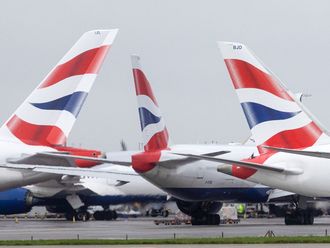
London: He may be royal, but when it comes to paternity leave Prince William is in the same boat as everyone else. Like thousands of other new fathers in Britain, he will get two weeks off when his child is born.
Along with British society, the royal family has been gradually modernising its attitudes to birth and parenting. William’s father, Prince Charles, was present at the birth of his two sons, who were born in a hospital rather than a palace - both breaks from royal tradition. But William is the first senior royal to receive statutory paternity leave, which was introduced in Britain in 2003.
Some family campaigners say William, a Royal Air Force search-and-rescue helicopter pilot, is setting a good example in a country where until recently new fathers have taken little time off.
But others say two weeks is not enough, and argue social and economic pressures still discourage fathers from spending time looking after their newborns.
“There is an element that employers — and men themselves — are thinking of them as the ones who earn the money and stick in that role when children come along,” said Jeremy Davies of the Fatherhood Institute think tank. “It can be quite difficult to set yourself apart from that.”
Under British law, William is entitled to two weeks off at a flat pay rate of just under £137 (Dh768) a week. He’s lucky — the military is among employers that pay more, and he will receive his full salary for the fortnight.
The government says two-thirds of new fathers take some paternity leave, but less than half take the full two weeks. Some are ineligible because they are self-employed or haven’t been at a job for at least six months. Others just can’t afford it.
Mothers, who receive the bulk of parental leave, can take up to a year off, though only 39 weeks of it is paid, and not at full salary.
The rules are changing. Under recent changes, new fathers can take up to six months leave by using up leave of a partner who has returned to work.











